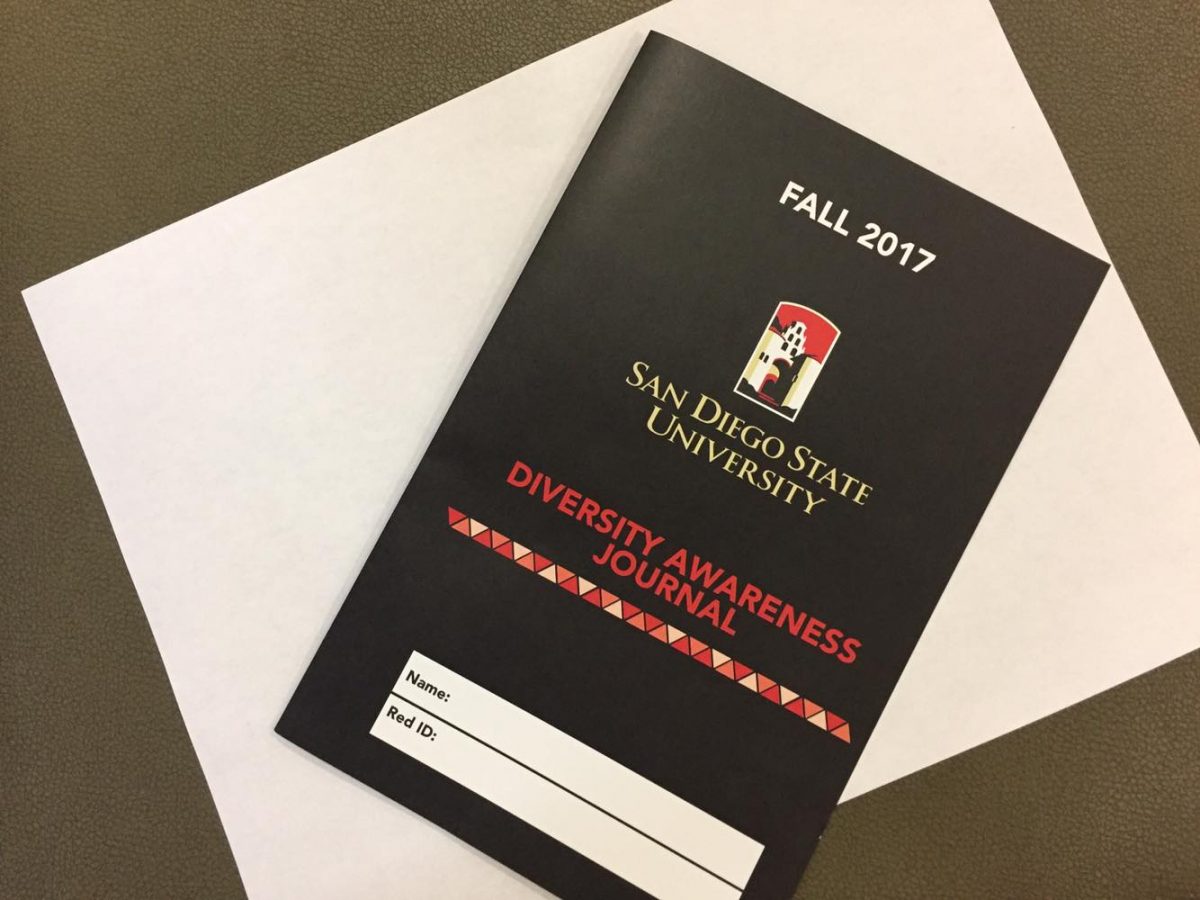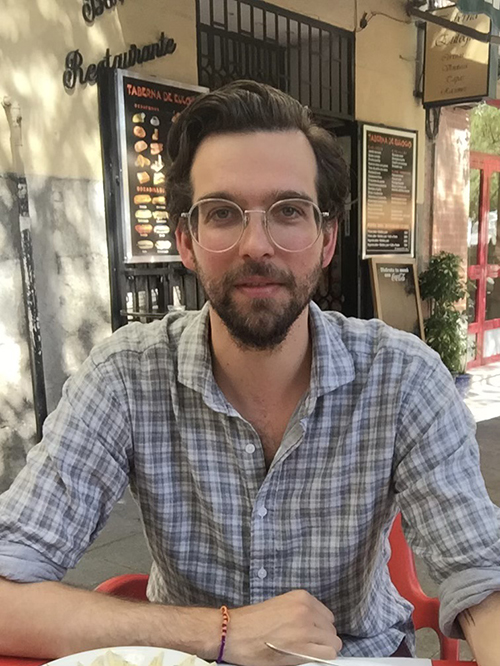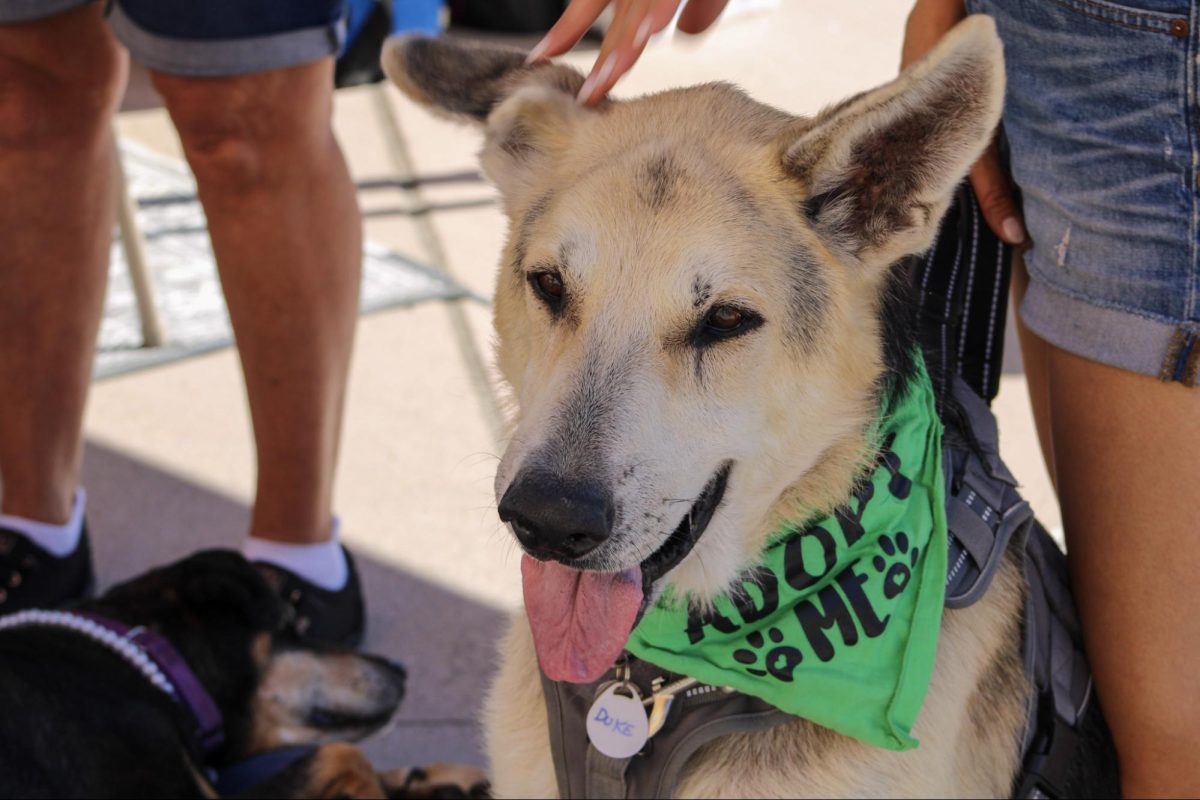Privilege, identity and dialogue were three words flying around the Conrad Prebys Aztec Student Union’s Templo Mayor room Tuesday, Sept. 19, during a Campus Dialogue event hosted by San Diego State’s Center for Intercultural Relations.
The gathering – centered on the fostering of intercultural and cross-cultural conversations – was not only the first of three this semester, but served as a detailed orientation for students pursuing the center’s two-semester Diversity Awareness Certificate program.
This fall marks the program’s one-and-a-half-year anniversary, said Edwin Darrell, the director of the Center for Intercultural Relations and one of the certificate program’s main organizers.
Despite its established history on campus, some students may be unaware of the certificate program’s purposeful existence— to give students the opportunity to examine their own social identities and beliefs while sharing that experience with peers through dialogue and understanding.
“The DAC not only allows students to learn more about their ethnicity, race, spiritual or religious orientation, and social class, but it teaches them how (those characteristics) impact how they seem themselves or create their own identities,” Jessica Chang, the center’s program coordinator, said. “Students learn how to communicate their findings to others, as well as absorbing other people’s points of view.”
Indeed, the subjects of various, yet interconnected conversations booming from Templo Mayor on Tuesday seamlessly fit Chang’s definition of the certificate program.
Dozens of students – largely new resident advisors who, according to the CIR, are required to complete the DAC program as part of their residential education training – were instructed to succumb to vulnerability in the faces of strangers that evening, however discomforting the idea seemed.
As CIR staff members asked students questions on social identity, beliefs and values, a quiet chatter about lived experiences operated concurrently with active listening. Such dialogue-based activities demonstrated the kind of honest conversations that many students only occasionally take part in.
However, students hoping to complete the DAC program by the end of spring may find themselves engaging in these discussions regularly, due to their positions as both scholars and student consultants.
Chang reports that about 80 students are currently enrolled in the certificate program, and most of them are resident advisors and Educational Opportunity Programs staff.
Sociology junior and EOP Success, Opportunity, Academics, Relationship mentor Jada Johnson said the DAC is a positive chance for students of color to share their experiences and talk about controversial topics with other communities.
“I really love the atmosphere, it’s a very diverse group,” Johnson said. “(The program) is opening doors for us to finally be able to speak about our oppression and it’s allowing people who aren’t of color to open up about their privilege and help us, too.”
However the certificate program is not crafted for those solely interested in ethnic or racial topics.
The certificate curriculum trains students to appreciate and consider perspectives from multiple oppressed communities that share similar identity characteristics. As some students consider CIR-hosted events to be opportunities for participation through learning and teaching, others like international business senior and resident advisor, Leo Oropeza, believe the DAC program can help students become better promoters of social justice.
“In terms of advocacy, it’s important to keep updated with new trends or social issues,” he said. “But I think it’s integral to attend events (like the Campus Dialogues) in order to become a legitimate ally (of a marginalized community).”
Although the certificate can definitely swell a student’s social justice “wokeness,” Chang said that one doesn’t have to be a member of a mentor program, or be pursuing a sociology-related degree, to reap the benefits.
She said any SDSU student planning to join the post-grad workforce can find the program to be professionally practical.
“All fields are in need of incoming professionals who are culturally competent,” Chang said. “Diversity awareness is a skill that all of us need to learn – it’s about creating simple communication and understanding the nuances that underlie the different ways, reasons and methods of why people communicate a certain way.”
Chang also said employers rarely offer cultural competency training, so higher education is unique because it makes such programs available.
SDSU’s certificate program is also distinct because it’s available to all interested students rather than ones of a certain discipline or mentorship program, she said.
Jermaine Rocacorba, senior communication major with a minor in leadership, exemplifies this curiosity. Although she’s not required to obtain the DAC, her passion for cultural issues and student diversity inspired her to join the certificate program.
Rocacorba’s extracurricular participation on campus has also influenced her decision to work toward a DAC.
She’s involved in various student diversity organizations – including the Student Diversity Commission and the National Association of Student Personnel Administrators Undergraduate Fellows Program, which nationally represents marginalized populations in student affairs programs – and said she’s also interested in using her experience to give constructive feedback to the program.
“It’s just a way of building community and understanding of where people are coming from,” Rocacorba said. “So, since (the DAC events) are where individuals can go and learn, I wanted to see what it was like and see what I can give to that community.”
Not only is the program available to all students, but the CIR genuinely encourages everyone to consider enrolling in the program.
Chang said each student must attend three Campus Dialogues this semester, one One SDSU event each month and complete a total of three article reading and reflection assignments. Once joining the program, alternative events and assignments can be considered for students who cannot meet the pre-approved requirements.
“We don’t want it to be a cookie-cutter-type program that says, ‘you need to do this,’” Chang said. “Instead, we’re here to meet students where they’re at, if they’re interested in learning more about diversity then we want to provide as much accommodation as we can.”
It’s recommended that students sign up for the DAC program by November to avoid a lump of make-up work.
If one’s indecisive about joining the program, Chang encourages them to sit in on the certificate’s required events to get a feel of the environment and curriculum.
“A lot of students in the past have said that it looks daunting because it’s a lot of program commitment,” Chang said. “But at the end of it, they say it’s very rewarding and that they’re really glad they did it – they say they’re prepared to be leaders.”
For more information on getting involved with the Diversity Awareness Certificate, contact the Center for Intercultural Relations at interculturalrelations@mail.sdsu.edu or 619-594-7057. Students can also visit the Center for Intercultural Relations, located on the second floor of the Student Union.







